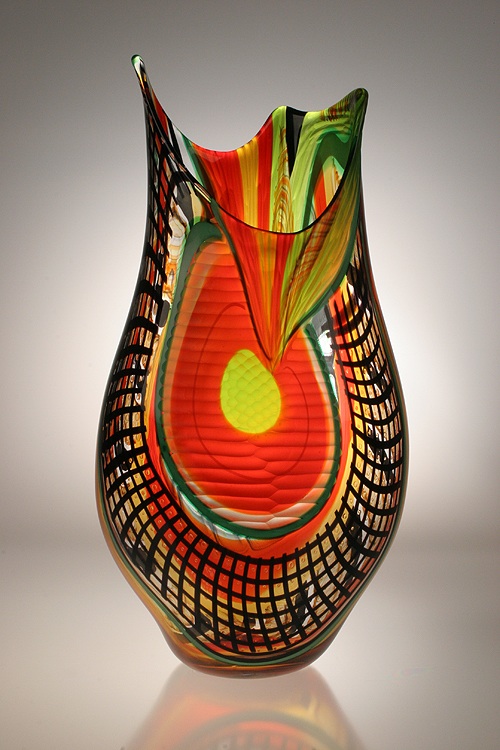 The gallery that has replaced the high-end Lawrence Gallery in Portland’s Pearl District, the Dapper Frog, might be a sign that the art world is adapting to changing economic realities.
The gallery that has replaced the high-end Lawrence Gallery in Portland’s Pearl District, the Dapper Frog, might be a sign that the art world is adapting to changing economic realities.
BY JOSEY BARTLETT
The gallery that has replaced the high-end Lawrence Gallery in Portland’s Pearl District might be a sign that the art world is adapting to changing economic realities.
The Dapper Frog lifestyle gallery (motto: “Our treasures make you smile.”) will open at the end of July as a new neighbor to such longtime and notable Pearl District galleries as Elizabeth Leach, Froelick and Pulliam Deffenbaugh.
The gallery business has been struggling during the downturn as fewer customers have the big bucks and more and more are looking for affordable art. “We have done a fair amount of tightening our belts,” said Martha Lee, owner of the Laura Russo Gallery.
 |
A Frog work by glass master Afro Celotto |
But the Dapper Frog is expanding, with four galleries on the Oregon Coast in addition to the new space in the Pearl. Owner John McDonnell sums up the strategy: “Price points! This has been the right strategy with what has happened economically.”
The Frog’s glass, jewelry, and sculpture sell for between $4 and $50,000.
In just five years, the Dapper Frog’s customer list has grown to 18,000, mostly in the Portland and Vancouver area. “We have been fortunate,” says McDonnell. “Every year we have grown in sales.”
McDonnell is a former executive vice president and CFO for American Express Travel related services. He got into the art business when he got antsy during retirement. He has traveled all over the world and many of the original pieces he sells come from his trips.
The Dapper Frog galleries buy art in full from artists. Nothing is on consignment, which allows better prices, more volume, and faster transactions, McDonnell says. The Frog sells glass pieces by Randy Strong, “Frogman” Tim Cotterill and the “woven glass” artists Markow & Norris. Strong makes only one piece a month, and McDonnell owns 16 of his works.
That makes the Frog a rare buyer providing opportunity for glass artists. “A lot of artists have stopped producing,” says Ron Nolz, of Pacific States Marketing a company that represents some top glass artists. “The cost of creating glass is very expensive; it’s a fact of what’s going on in the economy. The artists who are surviving are producing a market niche.”
McDonnell stores the Frog’s undisplayed works at his 60,000 square feet warehouse in Lincoln City. All web purchases, which comprise 20% to 25% of all sales, come from this giant space as well.
Not bad for a company that started out selling door stoppers online.
Josey Bartlett is an associate writer for Oregon Business, and a visual artist.


